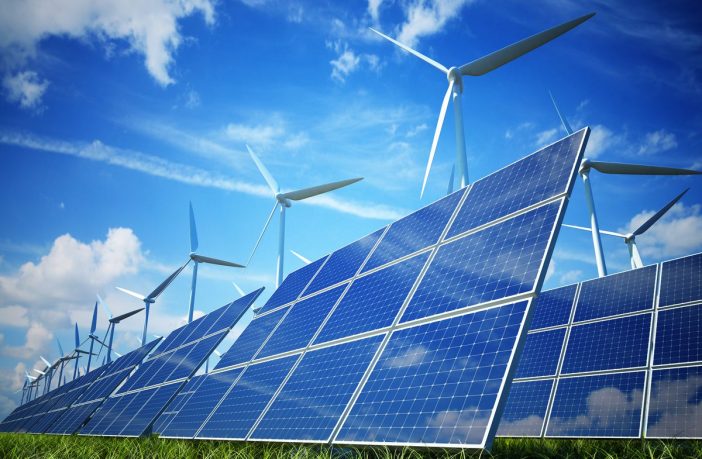- According to a new report from the International Renewable Energy Agency (IRENA), 62% of total renewable power generation added globally was cheaper than the cheapest fossil alternative in 2020.
- The ‘Renewable Power Generation Costs in 2020’ report explores how new renewables shifted in terms of costs, with a clear advantage for new-build technologies and an increasing advantage in terms of comparisons to already-operational fossil fuels like coal and gas, in power grids.
- In 2020, the global weighted-average levelised cost of electricity (LCOE) from new capacity additions of onshore wind declined by 13%, compared to 2019. Over the same period, the LCOE of offshore wind fell by 9% and that of utility-scale solar photovoltaics (PV) by 7%.
Between 2000 and 2020, renewables grew from 754 gigawatts (GW) to 2,799GW. Between 2019 and 2020, a record 261GW of renewables were added, with the deepest cost fall coming from concentrating solar power (CSP), of 16%.
“Powering past coal in pursuit of a net-zero economy is no longer an expense. It is a huge saving”, IRENA said, in the release of the report. The numbers in the report show a rising catastrophe for existing coal plants, in the context of both falling renewable costs and rising coal operational costs. Globally, the report finds that more than 800GW of existing coal plants cost more to run than building new wind and solar in 2021.
“Retiring these plants would reduce power generation costs by up to USD 32.3 billion annually and avoid around 3 giga tonnes of CO2 per year, corresponding to 9 per cent of global energy-related CO2 emissions in 2020 or 20 per cent of the emissions reduction needed by 2030 for a 1.5°C climate pathway outlined in IRENA’s World Energy Transitions Outlook”.
IRENA’s calculations for this remarkable statistic include a USD $5 / MWh integration costs assumption.
“We cannot allow having a dual-track for energy transition where some countries rapidly turn green and others remain trapped in the fossil-based system of the past. Global solidarity will be crucial, from technology diffusion to financial strategies and investment support. We must make sure everybody benefits from the energy transition”, said IRENA’s Director-General Francesco La Camera.
In general, wind and solar have both comfortably fallen below even the cheapest fossil fuel options, and concentrating solar power and offshore wind will likely both drop below the fossil fuel costs range in coming years, assuming continued developments.
Link to full report HERE
Author: Bryan Groenendaal











